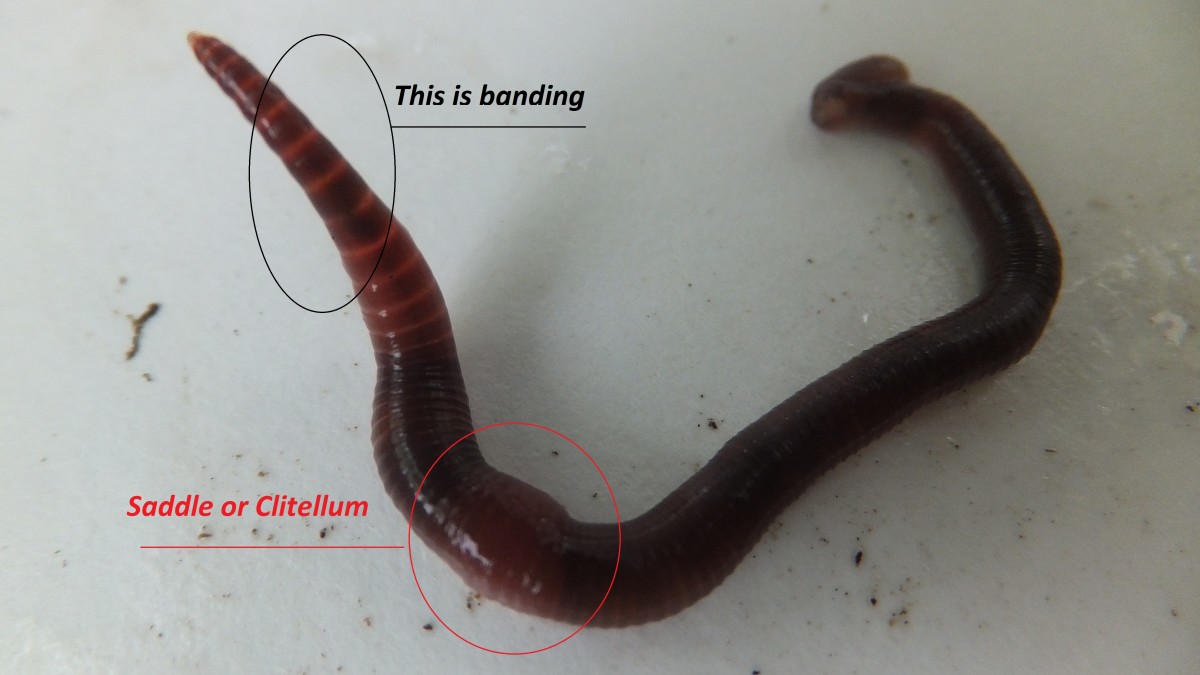Red Wigglers 101: Every Little Thing You Need to Know for Thriving Gardens
Red wigglers, or Eisenia fetida, play a vital role in sustainable horticulture techniques, offering as effective decomposers that transform natural waste right into beneficial vermicompost. Recognizing their environment, nutritional choices, and the myriad advantages they use can transform your horticulture method (Red Wiggler Express). As these worms grow in details conditions, their care and management are important for optimizing their payments to dirt health. The inquiry stays: what steps can you take to harness the full possibility of these amazing organisms in your very own yard?
Understanding Red Wigglers

Red wigglers prosper in environments rich in natural material and moisture. Red Wiggler Express. They have an unique gastrointestinal system that enables them to refine food scraps swiftly, excreting spreadings that are loaded with necessary nutrients such as nitrogen, phosphorus, and potassium. These castings boost dirt structure, improve water retention, and foster useful microbial activity, all of which add to durable plant wellness
In addition, red wigglers can endure in varied conditions, making them versatile to different horticulture practices, consisting of indoor and outside composting systems. Their capability to consume large amounts of organic waste daily settings them as important allies for both home gardeners and industrial farmers. By integrating red wigglers into gardening initiatives, one can substantially improve dirt fertility and assistance sustainable gardening methods.
Ideal Environment for Red Wigglers
Creating an optimal setting for red wigglers is crucial for maximizing their composting capabilities and overall health and wellness. Red wigglers grow in damp, dark, and well-aerated environments, which closely resemble their natural surroundings in ground cover and decomposing raw material. An ideal habitat needs to supply a temperature range in between 55 ° F and 77 ° F(13 ° C to 25 ° C), as severe temperature levels can worry or damage the worms.
The bed linen product, such as shredded newspaper, cardboard, or coconut coir, need to be kept wet however not overly damp, as extreme moisture can cause anaerobic conditions harmful to worm health. Furthermore, a pH level in between 6.0 and 7.5 is optimal, guaranteeing a balanced environment.
Appropriate aeration is similarly essential; it enables oxygen blood circulation and prevents the build-up of damaging gases. A container or bin developed for vermicomposting must have drain openings to get rid of excess dampness and advertise air movement. Regular monitoring of these conditions is crucial for preserving a growing red wiggler populace, eventually enhancing their efficiency in breaking down natural waste and enriching garden soil.
Dietary Requirements and Preferences

Red wigglers exhibit particular preferences; they are especially warm of softer, disintegrating materials over more difficult or more fibrous materials. It is important to prevent feeding them citrus peels, onion, and garlic in big amounts, as these can be damaging. Additionally, meat, dairy products, and oily foods should be left out, as they can draw in pests and produce undesirable odors.
(Hickory NC Worms For Sale)To maintain optimum health, a balanced mix of eco-friendly and brownish products is recommended. Green products, such as vegetable scraps, offer nitrogen, while brownish products, like cardboard and dried leaves, supply carbon. Checking the wetness web content and guaranteeing a regular food supply will better boost their development and composting abilities. By accommodating their nutritional requirements, gardeners can foster a thriving population of red wigglers in their garden compost systems.
Benefits of Using Red Wigglers
The exceptional benefits of using red wigglers in horticulture expand much past their function in composting. These flexible microorganisms contribute significantly to soil wellness, boosting vitamins and mineral accessibility and promoting microbial activity. By aerating the dirt as they tunnel, red wigglers improve drain and origin penetration, producing an optimum atmosphere for plant development.
Additionally, red wigglers are efficient recyclers of natural waste, converting it into nutrient-rich spreadings that offer as an outstanding all-natural fertilizer. These castings include advantageous microorganisms and essential nutrients, such as nitrogen, phosphorus, and potassium, which are important for plant advancement. The sluggish launch of nutrients from worm spreadings guarantees a consistent supply, lessening the risk of nutrient leaching and advertising lasting horticulture methods.
Furthermore, the presence of red wigglers can help subdue soil-borne plant diseases. Their gastrointestinal procedures produce compounds that inhibit dangerous virus, thereby improving plant wellness. Finally, utilizing red wigglers fosters a more lasting horticulture strategy by decreasing reliance on chemical plant foods and advertising a closed-loop system, where waste is transformed right into useful resources. Generally, including red wigglers into gardening practices uses a wide range of environmental and agricultural benefits.
(Red Wiggler Express)
Composting With Red Wigglers

To launch a successful vermicomposting system, choose an ideal container with appropriate ventilation and water drainage. The perfect atmosphere for red wigglers includes a wet, dark setting with temperature levels between 55 ° F and 77 ° F. Begin by layering shredded paper, cardboard, Lake Hickory Bait and food scraps, ensuring a balanced mix of carbon and nitrogen-rich materials.
Red wigglers grow on vegetable peels, fruit scraps, coffee premises, and eggshells, while avoiding meat, milk, and oily foods that can attract pests. Routinely monitor wetness degrees; the bedding should perspire but not soaked. Harvest worm spreadings every couple of months by separating the worms from the compost, which can after that be made use of straight in yards or saved for later use.
Applying vermicomposting not only minimizes garbage dump waste yet also improves garden soil, promoting healthy plant development and sustainable horticulture techniques. Welcome this environmentally friendly approach to boost your horticulture ventures.
Final Thought
In recap, red wigglers are crucial organisms for improving garden performance via efficient composting. Their particular environment requirements, nutritional preferences, and substantial benefits add to sustainable gardening practices. By using red wigglers, garden enthusiasts can considerably boost dirt top quality and nutrient accessibility, cultivating healthier plant development. Accepting the practice of vermicomposting not only sustains waste reduction however also promotes an environmental balance within yard ecosystems, ultimately causing prospering and durable gardens.